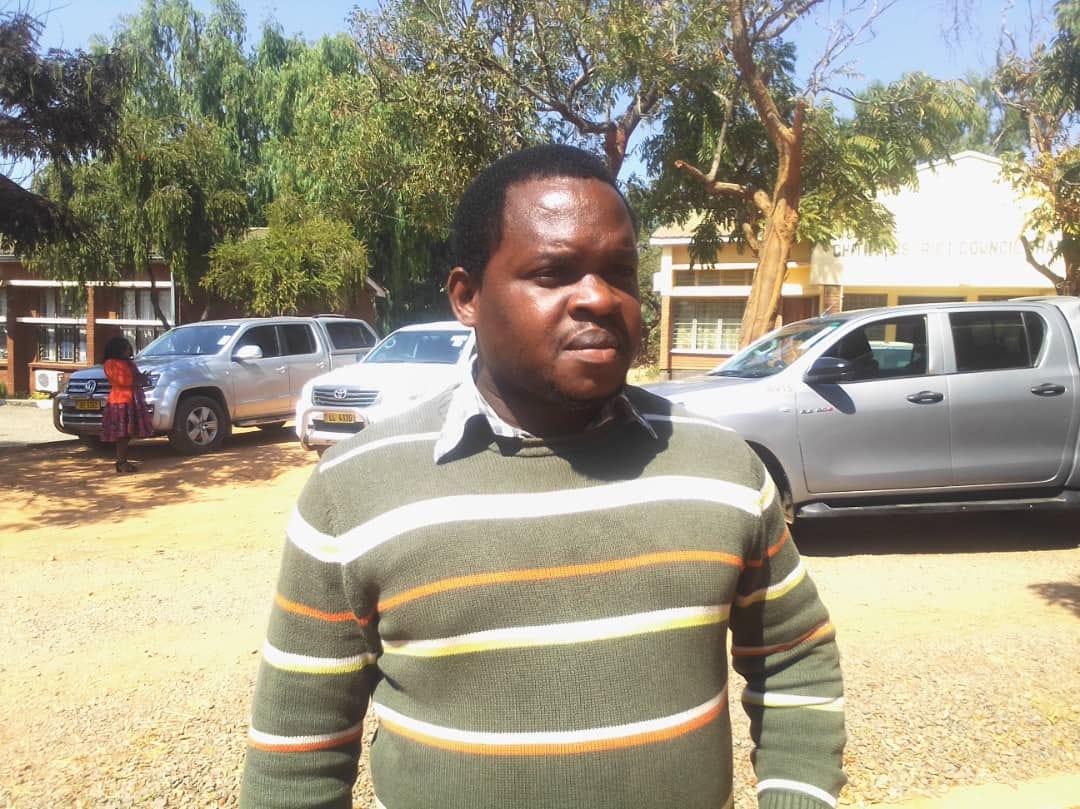ACCEL Project Praised for Combating Child Labor and School Dropout in Chitipa
Chitipa DEO commends ACCEL for reducing child labor in Misuku.
CHITIPA, MALAWI — The Chitipa district education office has commended the Accelerating Action in the Elimination of Child Labour (ACCEL) project for its efforts in fighting against child labour and school dropouts in the coffee farming community of Misuku, writes Patricia Kayuni.
The Chief Education Officer for Chitipa, Clement Nyirenda, highlighted school dropout as one of the major challenges faced by the education sector, particularly in areas where child labour is prevalent.
He said that it is the duty of the education sector to ensure that every school-age child is admitted to school.
"We are grateful to the ACCEL project for bringing children back to school," said Nyirenda.
He called for community involvement in ending child labour, emphasising that these issues start at the family level.
Nyirenda stated that his office is working with traditional partners, such as chiefs, to ensure that the rescued children remain in school.
Pilirani Kamaliza, the Programme Manager for the Trade Union Movement (TUM), reported the progress made by the union.
They have successfully prevented 143 boys and girls from dropping out and rescued 73 children from child labour, totaling 216 children.
Kamaliza acknowledged the challenges faced during the rescue process due to misunderstandings between the union and the community.
However, they managed to keep the children in school by providing them with learning materials and uniforms.
"We provide uniforms and learning materials to these learners in the 14 primary schools under the Lughesyo Education Zone," said Kamaliza.
Out of the 216 learners either rescued from child labour or prevented from dropping out, 104 are boys and 112 are girls.
Kamaliza also mentioned that TUM has established 14 child rights clubs, empowered 673 learners on child rights, and trained 88 educators.
They have also trained 60 members of the school's governing structures and traditional leaders on resource mobilisation.
The hope is that these efforts will contribute to eradicating child labour in the community.



